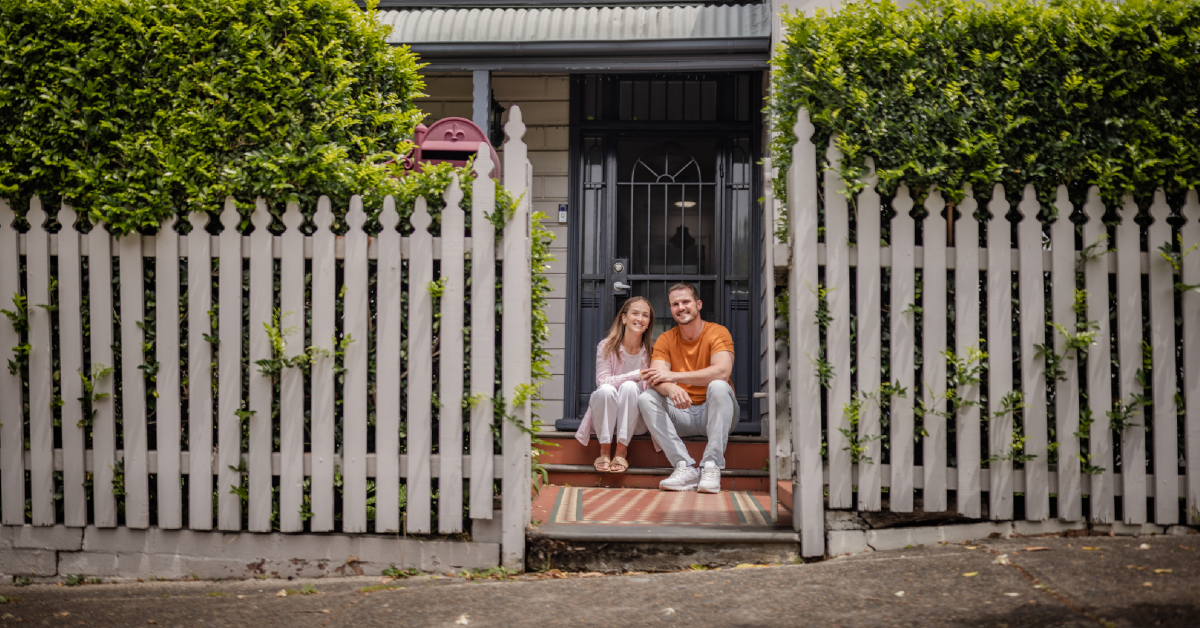The amount of money you can borrow is based on two things – the value of the property you’re planning to purchase and your financial position.
As part of the home loan application process, your lender will perform an official valuation of the property. That’s because the lender wants to be sure that if you default on the loan and it needs to seize your property, the resale price will be more than the unpaid debt.
If, hypothetically, a lender valued your property at $1 million and was willing to lend you up to 80% of that amount, the most you could borrow would be $800,000.
However, that doesn’t guarantee you’d qualify for a loan of that amount – because the lender would also need to take into account your personal financial circumstances, including your income, assets, liabilities, employment record and credit history. It would also consider the size of the deposit you have saved.
The lender would calculate how much it believes you’d be able to borrow and still make your mortgage repayments, month after month after month, including if interest rates increased. This provides you with an understanding of your realistic property price range.
Why borrowing power can be so variable
The key takeaway is there’s no one answer to the question of ‘How much can you borrow for a home loan?’. Rather, it’s decided on a case-by-case basis.
Two people with identical incomes might qualify for loans of very different sizes – perhaps because one person saved a higher share of their salary or another had more liabilities.
Another thing that might surprise you is that your borrowing capacity can vary significantly from lender to lender, sometimes by hundreds of thousands of dollars. That’s because lenders may use different methodologies for assessing people’s financial positions or be trying to attract different types of customers.
How much deposit do I need for a home loan?
You might have heard that you need a 20% deposit to qualify for a mortgage. That is untrue – 32% of new home loans in the June quarter had deposits of less than that amount, according to the most recent data from APRA, the banking regulator.
Generally, though, if you stump up less than a 20% deposit, you’ll be required to pay lenders mortgage insurance (LMI), which is an insurance policy designed to protect the lender (not the borrower) in case you default on your loan.
There are some ways you may be able to avoid paying LMI even with a deposit lower than 20%. These include government schemes for eligible first-home buyers and LMI waivers for people working in specific industries (such as healthcare). Your Loan Market broker can talk you through the eligibility criteria to see if you qualify.
Depending on your scenario, it might be worthwhile paying LMI if it gives you the chance to buy a property months or even years ahead of schedule, thereby getting ahead of future price rises.
Get a rough idea of your borrowing power
This borrowing power calculator will give you a rough idea of how much you can borrow.
Please note, though, that no calculator can give you a precise figure, because that will depend on a range of variables that can’t be captured by a calculator. Speak to your Loan Market broker for more bespoke calculations or to apply for pre-approval.







